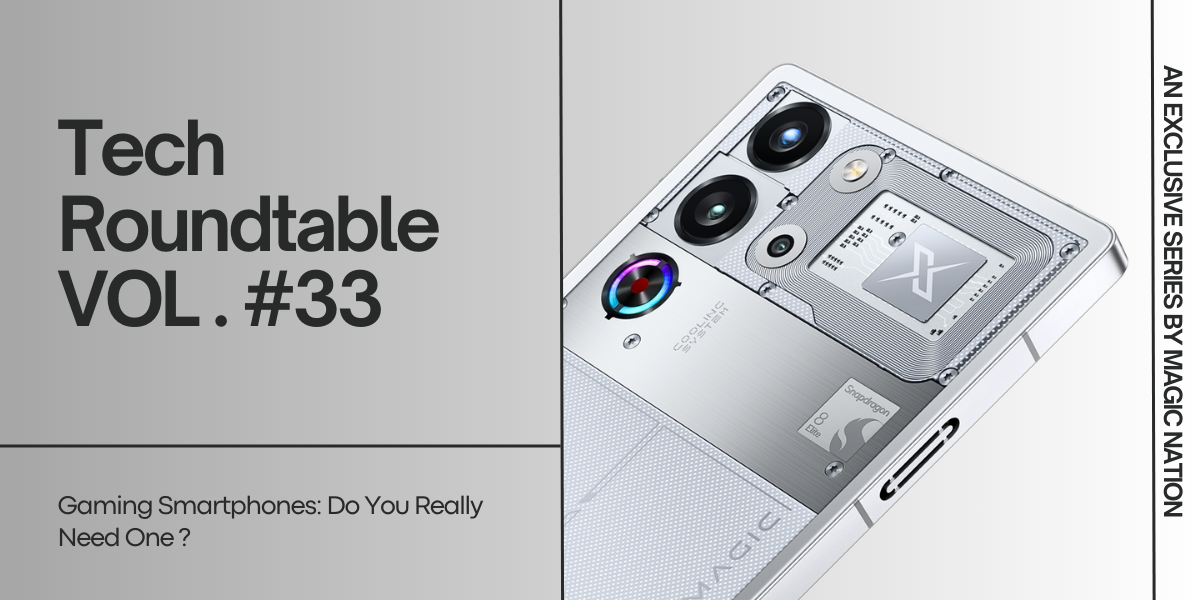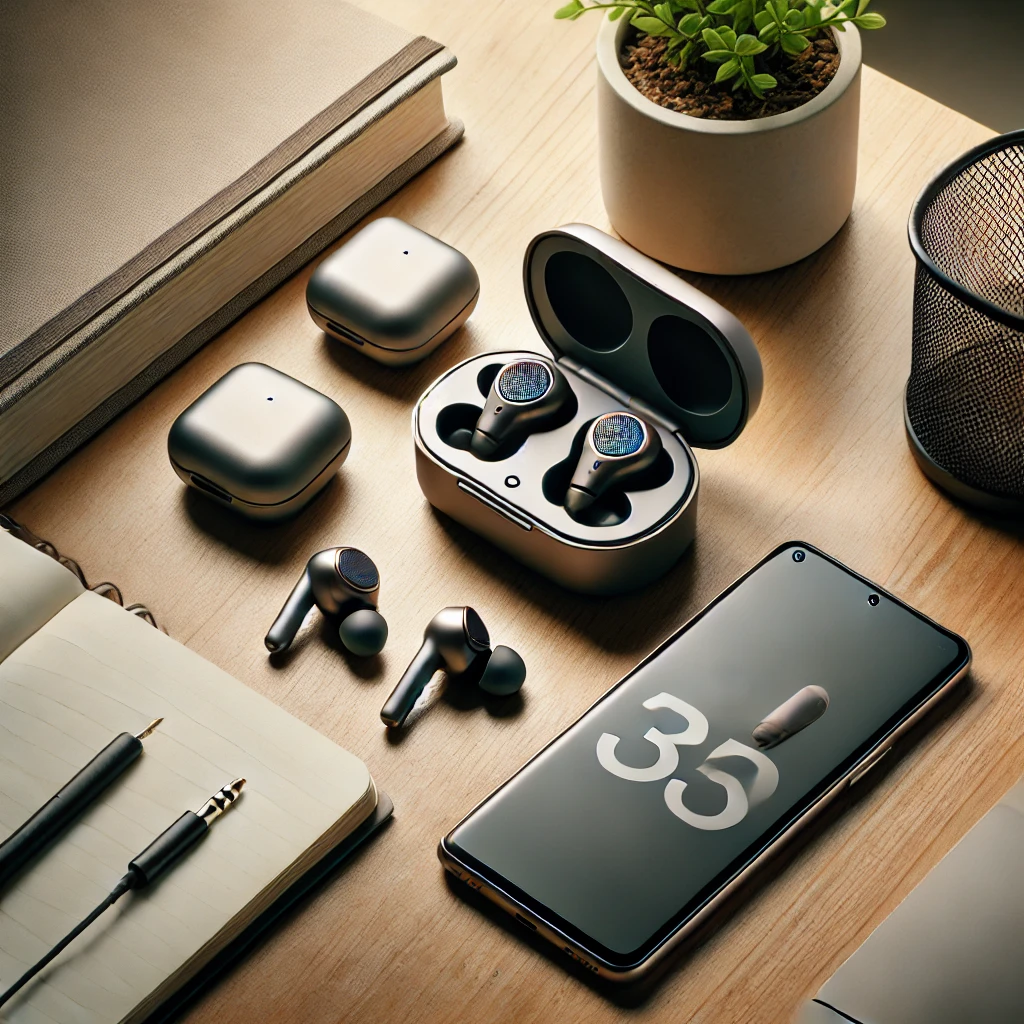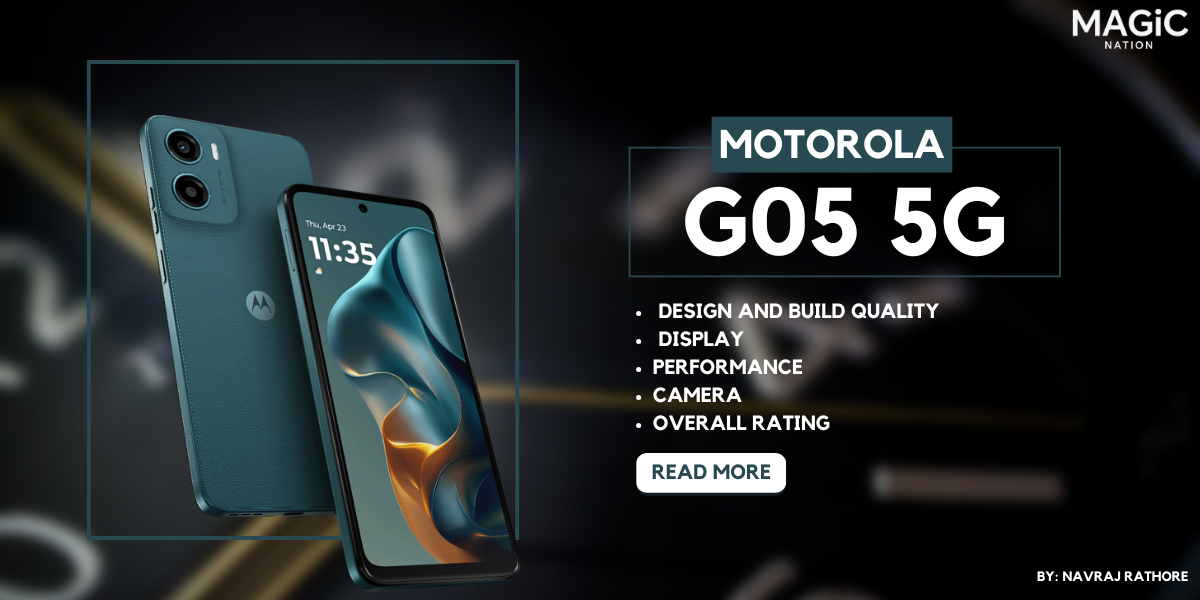SAR: What It Is, Why It Matters, and What to Do About It?
SAR stands for Specific Absorption Rate. It is a measure of how much radiofrequency (RF) energy is absorbed by the human body when using a wireless device, such as a smartphone. SAR is measured in watts per kilogram (W/kg).
The Federal Communications Commission (FCC) in the United States has set a SAR limit of 1.6 W/kg for head and body exposure. This means that no smartphone sold in the US is allowed to have a SAR level higher than 1.6 W/kg.
**Why Is SAR Associated with Smartphones?**
Smartphones use RF energy to communicate with cell towers. When you hold a smartphone to your head to make a call, the RF energy is absorbed by your head.
The amount of RF energy absorbed depends on a number of factors, including the distance between your head and the smartphone, the power of the smartphone's transmitter, and the type of antenna used in the smartphone.
**What Impact Does SAR Have on Human Health?**
The long-term health effects of SAR exposure are still being studied. However, some research has suggested that SAR exposure may increase the risk of certain types of cancer, such as brain cancer and leukemia.
Other research has suggested that SAR exposure may lead to other health problems, such as headaches, sleep disturbances, and memory problems.
**How Can We Limit SAR Exposure?**
There are a number of things that you can do to limit your SAR exposure, including:
* **Use a hands-free device, such as a headset or speakerphone, when making calls.** This will put distance between your head and the smartphone, which will reduce the amount of RF energy absorbed by your head.
* **Text instead of talk.** Texting does not require the use of the smartphone's transmitter, so there is no SAR exposure.
* **Choose a smartphone with a lower SAR rating.** SAR ratings are listed on the FCC website.
* **Limit your smartphone use.** The more time you spend using your smartphone, the more RF energy you will be exposed to.
**What Is the Safest Range for SAR?**
The safest range for SAR is 0 W/kg. However, it is not possible to completely eliminate SAR exposure when using a wireless device.
The FCC's SAR limit of 1.6 W/kg is designed to protect users from the harmful effects of SAR exposure. However, some experts believe that the FCC's SAR limit is too high and that it should be lowered.
**Conclusion**
SAR is a measure of how much RF energy is absorbed by the human body when using a wireless device, such as a smartphone. The FCC has set a SAR limit of 1.6 W/kg for head and body exposure.
The long-term health effects of SAR exposure are still being studied, but some research has suggested that SAR exposure may increase the risk of certain types of cancer and other health problems.
There are a number of things that you can do to limit your SAR exposure, such as using a hands-free device, texting instead of talking, choosing a smartphone with a lower SAR rating, and limiting your smartphone use.
The safest range for SAR is 0 W/kg, but it is not possible to completely eliminate SAR exposure when using a wireless device. The FCC's SAR limit of 1.6 W/kg is designed to protect users from the harmful effects of SAR exposure, but some experts believe that the FCC's SAR limit is too high and that it should be lowered.
**Additional Tips for Reducing SAR Exposure**
* Avoid using your smartphone in areas with weak cell signal. In areas with weak cell signal, the smartphone's transmitter will have to work harder to maintain a connection, which will result in higher SAR levels.
* Avoid using your smartphone while it is charging. When a smartphone is charging, it is more likely to overheat, which can increase SAR levels.
* Keep your smartphone away from your body when you are not using it. This will help to reduce your overall SAR exposure.
By following these tips, you can help to reduce your SAR exposure and protect your health.
SAR: Separating Fact from Fiction
Post Reply
3 posts
• Page 1 of 1
-
- Information
-
Who is online
Users browsing this forum: No registered users and 23 guests
Recent Posts

Intra circle Roaming
Mon Jan 20, 2025 10:27 pm
Syed_Nabi23
133
2

HONOR Magic7 Pro's AI Super Zoom: A Game-Changer for Telephoto Photography
Sun Jan 19, 2025 8:16 pm
sarthhkk
237
2

Tech Roundtable VOL. #33 - Gaming Smartphones: Do You Really Need One
Thu Jan 16, 2025 11:55 pm
sarthhkk
206
2

AMRIT UDYAN TO OPEN FOR PUBLIC FROM FEBRUARY 2
Tue Jan 21, 2025 11:01 pm
Syed_Nabi23
86
1

Best Budget Earbuds Under ₹3,000: Power, Style, and Savings
Sun Jan 19, 2025 4:57 pm
Cozycupcake
189
2

Leaving Your Laptop Plugged In Ruins the Battery: Fact or Myth? - MBM Episode #3
Mon Jan 20, 2025 11:14 am
Navraj rathore
137
1

Moto G05 Review: Is This the Best Budget Smartphone of 2025? 🤔
Fri Jan 17, 2025 1:37 pm
Navraj rathore
226
2

Xiaomi NAS: Redefining the Future of Smart Home Storage
Sat Jan 18, 2025 3:07 pm
sarthhkk
226
1

Honor Magic7 RSR: Redefining Luxury and Performance
Fri Jan 17, 2025 5:00 pm
sarthhkk
278
2

Best Laptop Deals to Grab in Amazon Great Republic Day Sale 2025
Thu Jan 16, 2025 8:35 pm
sarthhkk
273
1
- Copyright © 2024 Magicnation. All rights reserved.
